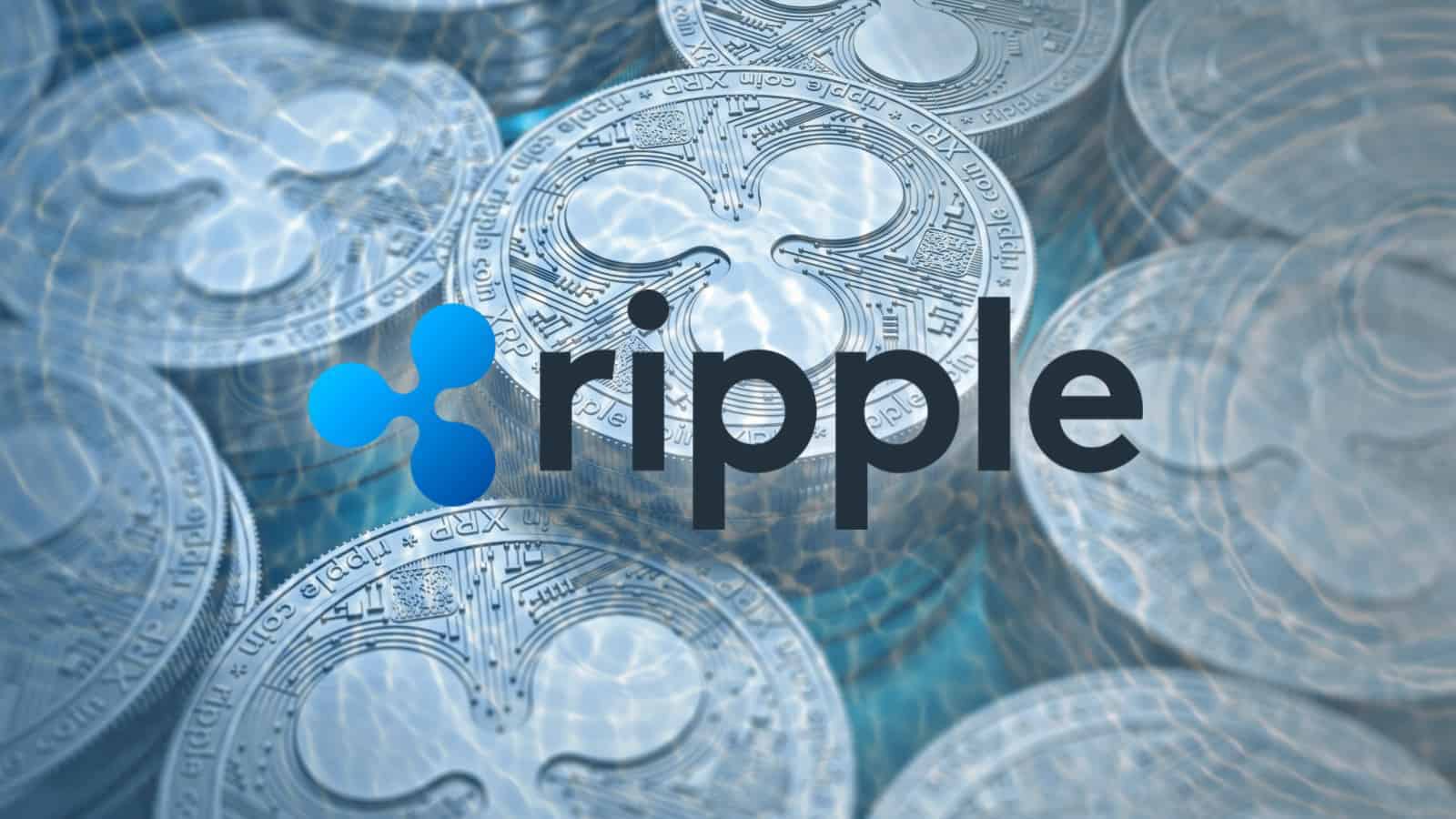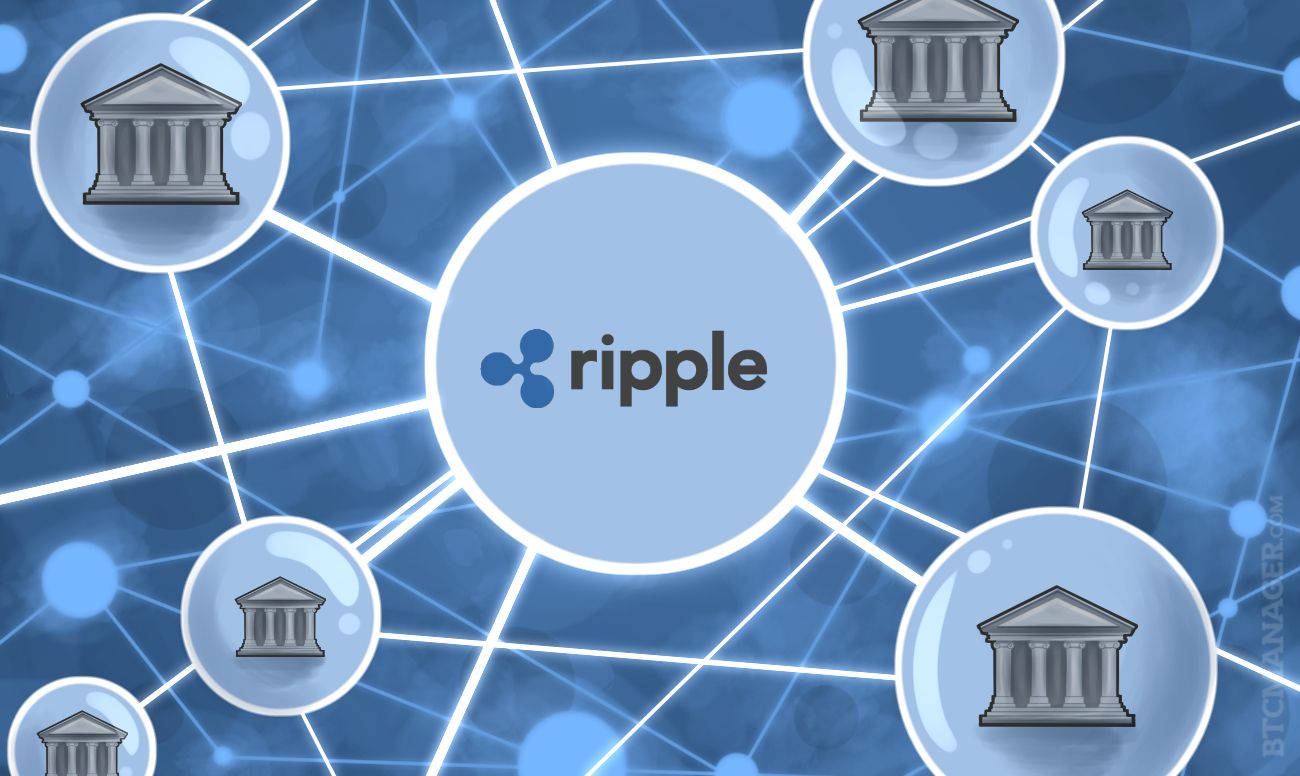Ripple and XRP

Ripple and XRP are intertwined entities, each playing a crucial role in the world of digital finance. Ripple, the company, developed the RippleNet, a global payment network that facilitates cross-border transactions. XRP, the cryptocurrency, acts as the native digital asset of this network, facilitating fast and efficient transactions.
Ripple’s History and Key Milestones
Ripple’s journey began in 2011 with the vision of creating a more efficient and cost-effective payment system. The company, initially known as OpenCoin, underwent several transformations and rebranding efforts, eventually becoming Ripple Labs in 2012. A key milestone occurred in 2013 with the launch of the Ripple Transaction Protocol (RTXP), a foundational technology that enabled seamless cross-border payments. In 2014, Ripple introduced the XRP token, which was designed to facilitate transactions within the RippleNet. This marked a significant shift towards a decentralized and secure payment ecosystem. Throughout the years, Ripple has expanded its network, forging partnerships with financial institutions worldwide, and established itself as a prominent player in the global payments landscape.
Ripple’s Technology and its Core Functionalities
Ripple’s technology, at its core, is a distributed ledger system that leverages a unique consensus mechanism to validate transactions. This system ensures the security and integrity of transactions, eliminating the need for intermediaries and streamlining the payment process. The RippleNet, powered by this technology, allows financial institutions to connect and transact directly, bypassing traditional banking infrastructure.
XRP: The Native Digital Asset
XRP serves as the native digital asset of the RippleNet, facilitating transactions within the network. Its primary function is to enable rapid and cost-effective cross-border payments. XRP’s speed and low transaction fees make it an attractive option for institutions seeking to expedite payments and reduce operational costs. Furthermore, XRP’s liquidity and global reach contribute to its appeal as a preferred payment solution.
Comparing Ripple with Other Blockchain Platforms
Ripple, Bitcoin, and Ethereum are all prominent players in the blockchain space, each offering distinct functionalities and advantages. While Bitcoin is primarily recognized as a digital currency, Ethereum focuses on smart contracts and decentralized applications. Ripple, on the other hand, emphasizes its role as a global payment network, facilitating seamless cross-border transactions.
- Bitcoin: Bitcoin operates as a decentralized digital currency, relying on a proof-of-work consensus mechanism for transaction validation. Its focus lies in providing a secure and transparent peer-to-peer payment system.
- Ethereum: Ethereum serves as a platform for smart contracts and decentralized applications, enabling the creation of programmable and automated processes. Its proof-of-work consensus mechanism ensures the integrity of transactions.
- Ripple: Ripple’s focus lies in streamlining cross-border payments through its RippleNet. Its distributed ledger technology and XRP token facilitate fast, efficient, and cost-effective transactions.
Ripple’s Technology: A Deeper Dive
Ripple’s technology encompasses several key components that work together to create a secure and efficient payment network.
- Ripple Transaction Protocol (RTXP): This protocol enables seamless communication and transaction execution between financial institutions within the RippleNet. It defines the rules and procedures for initiating, validating, and settling payments.
- Ripple Consensus Ledger (RCL): This distributed ledger system ensures the integrity and security of transactions within the network. It uses a unique consensus mechanism, where a network of validators agree on the validity of transactions, eliminating the need for a central authority.
- XRP Ledger: This ledger serves as the backbone of the RippleNet, recording all transactions and maintaining a consistent history of payment activity. It also manages the issuance and distribution of XRP tokens.
XRP’s Use Cases and Applications: Ripple Xrp

XRP, the native cryptocurrency of Ripple, is designed to facilitate fast, efficient, and cost-effective cross-border payments. It offers several use cases and applications beyond its core function, extending its reach into various financial and non-financial sectors.
Cross-Border Payments and Remittances
XRP’s primary use case is to facilitate cross-border payments and remittances. It offers several advantages over traditional methods, including:
- Speed: XRP transactions are processed within seconds, significantly faster than traditional bank transfers that can take days or even weeks.
- Cost-effectiveness: XRP transactions have significantly lower fees compared to traditional methods, reducing the cost of sending money internationally.
- Transparency: All XRP transactions are recorded on a public ledger, providing transparency and auditability.
- Scalability: The XRP network can handle a large volume of transactions, making it suitable for high-demand scenarios.
Several financial institutions and payment providers have adopted XRP for cross-border payments, including:
- MoneyGram: A global money transfer company, MoneyGram uses XRP to facilitate faster and cheaper cross-border payments.
- Santander: The Spanish multinational banking group, Santander, has integrated XRP into its One Pay FX platform for international payments.
- RippleNet: Ripple’s global network of financial institutions, RippleNet, uses XRP for real-time cross-border payments.
Trade Finance
XRP can streamline and enhance trade finance processes by enabling faster and more secure payments, reducing the risk of fraud, and improving transparency.
- Letter of Credit (LC) Automation: XRP can automate LC processes, reducing the time and cost associated with traditional paper-based systems.
- Trade Financing: XRP can facilitate trade financing by providing a secure and efficient means of transferring funds between parties involved in international trade.
- Supply Chain Management: XRP can improve supply chain management by enabling real-time tracking of goods and payments throughout the supply chain.
Micropayments, Ripple xrp
XRP’s low transaction fees and fast processing times make it suitable for micropayments, enabling small-value transactions for various applications, such as:
- Content Monetization: Content creators can use XRP to receive micropayments for their work, enabling new revenue streams.
- Gaming: XRP can facilitate in-game purchases and microtransactions, offering a faster and more cost-effective alternative to traditional methods.
- Internet of Things (IoT): XRP can enable micropayments for IoT devices, facilitating the exchange of data and services between devices.
Other Applications
XRP has potential applications in various other sectors, including:
- Digital Asset Trading: XRP can facilitate the trading of digital assets, offering faster and more efficient settlement than traditional methods.
- Loyalty Programs: XRP can be used to create loyalty programs, allowing businesses to reward customers with digital tokens.
- Decentralized Finance (DeFi): XRP can be integrated into DeFi applications, enabling new financial products and services.
Ripple XRP, the cryptocurrency designed for cross-border payments, has been attracting attention for its potential to revolutionize the financial landscape. While its focus remains on facilitating swift and efficient transactions, the recent conflict between Israel and Hamas, as seen in the leadership of Hamas , highlights the need for secure and reliable financial systems even in volatile situations.
Ripple XRP’s decentralized nature and resilience to political turmoil could prove valuable in such scenarios, offering a potential solution for financial stability in challenging environments.
Ripple XRP, a cryptocurrency designed for fast and efficient cross-border payments, is often seen as a disruptive force in the financial world. While its future remains uncertain, its potential impact on global finance is undeniable. Just like Ripple XRP, the details of a wedding can make or break the overall experience, and even something as seemingly insignificant as wedding chair cover ties can contribute to the overall elegance and ambiance.
In the end, it’s all about attention to detail, whether it’s a cryptocurrency revolutionizing finance or a carefully curated wedding celebration.
